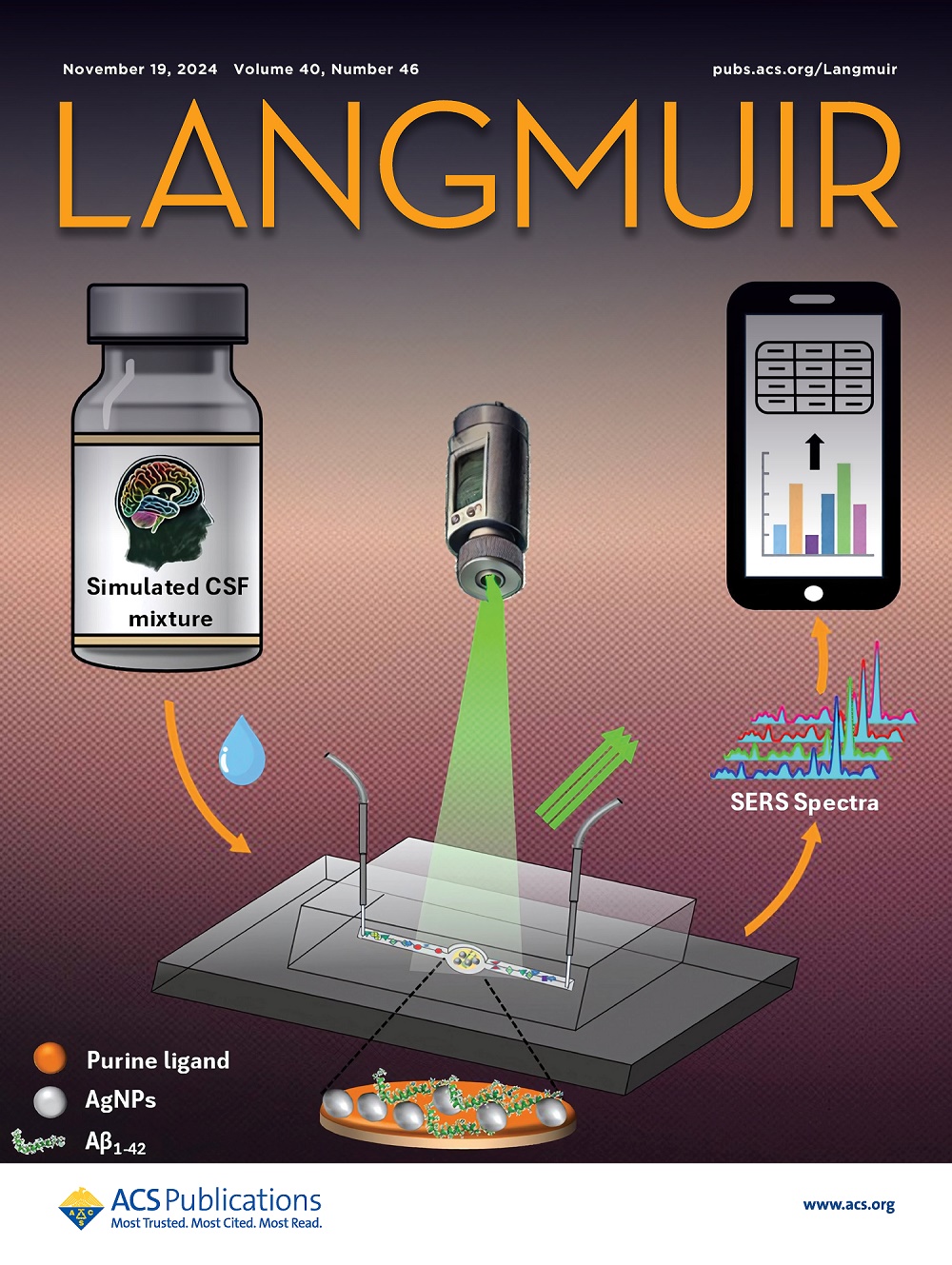Adsorption Equilibrium and Transport of CO2, N2, and H2O in CALF–20
IF 3.9
2区 化学
Q2 CHEMISTRY, MULTIDISCIPLINARY
引用次数: 0
Abstract
CALF–20 is a hydrophobic MOF adsorbent demonstrated at a pilot scale for the capture of CO2 from wet flue gas using a direct steam heating TSA cycle. It has been synthesized following a published protocol, and its XRD structure matches known results. Both crystals and particles are used to study single-component adsorption and the diffusion of CO2, N2, and H2O by using gravimetric, volumetric, and dynamic column breakthrough methods. Temperature and relative humidity ranges explored are 25–150 °C and 0–95% in helium, respectively, up to 1 bar pressure. A steam–helium mixture is used above 100 °C. Small pressure steps are used to determine (approximately) locally constant transport parameters. The Sips–Henry isotherm is the best-fit model, which correctly captures the dependence of the isosteric heat of adsorption on adsorbent loading, especially the complex shape for H2O. The pore diffusion model captures crystal uptakes. The micropore diffusivity is an increasing function of the adsorbed-phase concentration up to a certain level before showing reversal, which is consistent with the Darken equation, a function of isotherm curvature. Gas/moisture transport in CALF–20 particles is controlled by Knudsen diffusion in the macropores. The key features observed from the single-component adsorption and diffusion studies and their impact on process studies are demonstrated by applying them to predict breakthrough results.

CALF-20中CO2、N2、H2O的吸附平衡及输运
CALF-20是一种疏水MOF吸附剂,已在中试规模上证明可使用直接蒸汽加热TSA循环从湿烟气中捕集二氧化碳。它是按照已发表的方案合成的,其XRD结构与已知结果相符。采用重量法、体积法和动态柱突法研究了晶体和颗粒对CO2、N2和H2O的单组分吸附和扩散。温度和相对湿度范围在氦气中分别为25-150°C和0-95%,最高压力为1bar。蒸汽-氦混合物在100°C以上使用。小的压力步长用于确定(近似)局部恒定的传输参数。Sips-Henry等温线是最适合的模型,它正确地捕捉了吸附剂负载对等等吸附热的依赖性,特别是H2O的复杂形状。孔隙扩散模型捕获了晶体吸收。微孔扩散系数是吸附相浓度的递增函数,在达到一定程度后出现反转,这与等温线曲率的函数Darken方程一致。CALF-20颗粒中的气体/水分输运受大孔隙中的Knudsen扩散控制。从单组分吸附和扩散研究中观察到的关键特征及其对过程研究的影响通过应用它们来预测突破结果来证明。
本文章由计算机程序翻译,如有差异,请以英文原文为准。
求助全文
约1分钟内获得全文
求助全文
来源期刊

Langmuir
化学-材料科学:综合
CiteScore
6.50
自引率
10.30%
发文量
1464
审稿时长
2.1 months
期刊介绍:
Langmuir is an interdisciplinary journal publishing articles in the following subject categories:
Colloids: surfactants and self-assembly, dispersions, emulsions, foams
Interfaces: adsorption, reactions, films, forces
Biological Interfaces: biocolloids, biomolecular and biomimetic materials
Materials: nano- and mesostructured materials, polymers, gels, liquid crystals
Electrochemistry: interfacial charge transfer, charge transport, electrocatalysis, electrokinetic phenomena, bioelectrochemistry
Devices and Applications: sensors, fluidics, patterning, catalysis, photonic crystals
However, when high-impact, original work is submitted that does not fit within the above categories, decisions to accept or decline such papers will be based on one criteria: What Would Irving Do?
Langmuir ranks #2 in citations out of 136 journals in the category of Physical Chemistry with 113,157 total citations. The journal received an Impact Factor of 4.384*.
This journal is also indexed in the categories of Materials Science (ranked #1) and Multidisciplinary Chemistry (ranked #5).
 求助内容:
求助内容: 应助结果提醒方式:
应助结果提醒方式:


